SSL Inspection: What Is It? How Does It Operate?
SSL inspection, sometimes referred to as TLS / HTTPS interception, is an important component of sending requests online. Some believe SSL inspection is simply ridiculous, while others want to ensure it is always in place. No matter what your objective is, how it works, or what it can do for you, it helps to know exactly what SSL inspection is and how it operates.
SSL inspection is important thanks to the growing number of software-as-a-service (SaaS) apps and the growing cloud itself. These two components have increased the amount of data traveling across the internet at incredible rates. However, much of that data is still at risk of exposure, especially if no method is in place to mitigate that risk. Encryption is an essential part of mitigating risks and keeping data secure. Increasingly, more data is being exchanged through HTTPS because of its enhanced security.
Table of Contents
However, this is critically important: sensitive data can also be hidden in HTTPS traffic. That means that the threats you are hoping to block could, in fact, continue to be there. The only way to know if there is a risk is to use SSL inspection, a process that allows for the full inspection of the contents of any decrypted traffic prior to either re-encrypting it to send it on its way or blocking it.
What Is SSL Inspection?
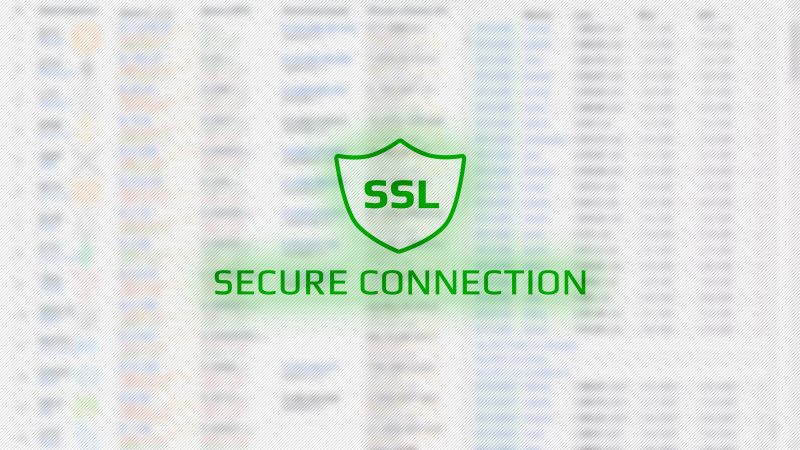
SSL inspection, or TLS inspection, is a process of intercepting SSL and TLS encrypted internet communication. This data travels between the client and the server. The interception occurs between the sender and the receiver of that data. In fact, it is the same method used in a man-in-the-middle attack. The attack occurs when both parties do not provide consent for the inspection process.
It may seem that the use of SSL inspection is a bad thing, considering that it seems to work around HTTPS and SSL certificates and eliminate the protections that were put in place in the first place. However, there are more factors to consider here.
Every bit of data that is moved across the internet is transferred into an indecipherable format to protect sensitive data. It prevents third parties from tampering with the data or eavesdropping on that information. The problem is not all of that good, safe information and data are, in fact, safe.
It is also possible for malicious content to be hidden within encrypted traffic, meaning the third party you want to avoid has damaging and malicious data in it that could still harm your privacy and expose risks. The problem is it is encrypted data, which means that most common security mechanisms will not be able to inspect it and determine if it is safe.
This is a real problem. According to one source, about 37% of malware transfers are using HTTPS, which is exactly what most people do not realize could happen.
Because of this very worrisome process, an SSL inspection aims to provide a better level of understanding of what data really is coming through. It can then be used to inspect and filter out any dangerous content, including malware before it moves on in the process.
When used in this way, it is called a full SSL inspection, sometimes referred to as a deep SSL inspection. With it, you can engage in email filtering, antivirus scanning, or web filtering to ensure the data coming to you is safe. To achieve this goal, you need to use an interception device that is in between the sender and the receiver. This is often called the middlebox.
The Methods of SSL Inspection
If you want to use an SSL break and inspection process, you actually have several options to choose from to inspect that content and move forward. There are two main methods used for SSL inspection: next-generation firewall and proxy.
Next-generation firewall (NGFW) is a process in which a network connection is streamed through the firewall. As it does this, it is only streamed with packet-level visibility. That means it limits threat detection. In this method, only a fraction of the malware that could be present is noted, and that allows it to be delivered in pieces. This method requires a bolt-on proxy functionality. Also, note that they underperform when key features such as threat prevention are put in place.
The second method is with a proxy. In this method, two separate connections are created between the server and the client. It is possible for a full inspection across network flow and session to occur. In this process, entire objects can be reassembled and scanned. That allows for a higher level of threat detection, including DLP or Sandbox, to be applicable.
How a SSL Inspection Typically Works
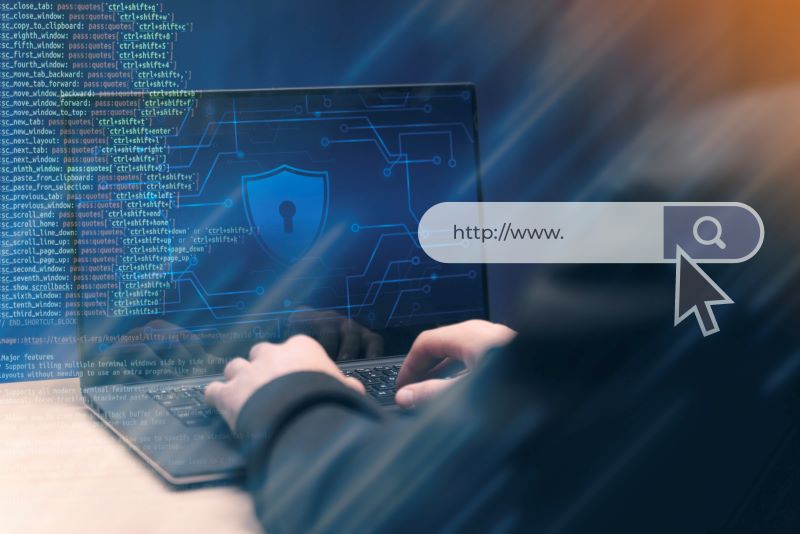
An SSL inspection operates as a man-in-the-middle attack to execute a task to filter out malicious content. This is done using an interception device called the middlebox. It sits between the client and the server, and all of the traffic passes through it. Here is what typically occurs:
- A connection is made over HTTPS.
- The inspector intercepts all of the traffic.
- The inspector decrypts that data and then scans it.
After establishing an SSL connection with the web server, the inspector decrypts and examines the data. After wars, it creates an SSL connection with the client. In this way, the data gets to the client in the desired encrypted format, as it was originally intended to be received.
Once the middlebox intercepts the traffic coming into it and decrypts the HTTPS sessions between the server and client, it can inspect that content. Depending on what you want to establish, it does that through antivirus scanning or web filters. After the scan occurs, the interceptor encrypts the traffic again and forwards it to the destination.
Also, note that the process works the same way for outbound traffic.
What Is the Benefit of SSL Packet Inspection?
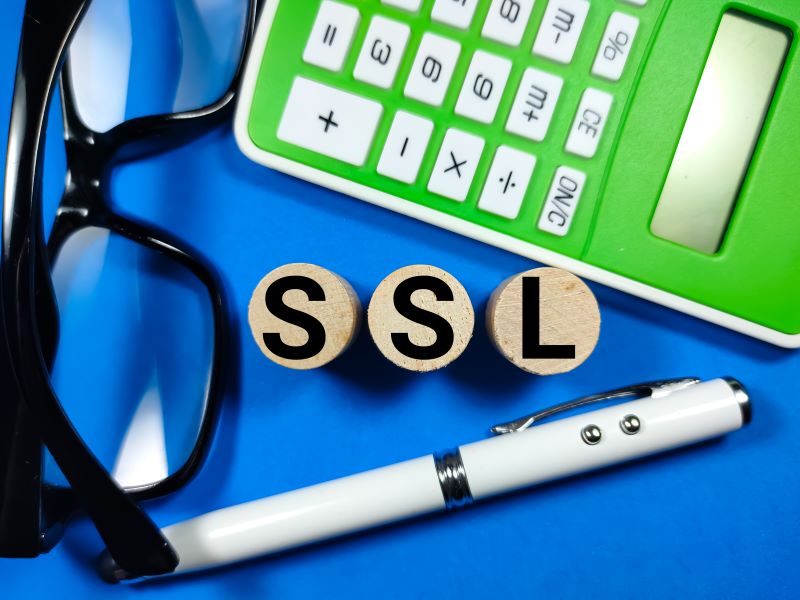
As you take into consideration how this process works, it also helps to see why you need (or should consider) SSL inspection. There are several reasons why it is so critical.
- It detects malicious requests, which could otherwise reach you even if you are using a secure site.
- It also helps to protect against DoS attacks, which can be some of the most malicious for websites.
- More so, if it finds errors or malicious code, it can help you identify that, including the IP addresses of the people who are sending it. That could help you take the next step in seeking out a long-term solution against that party.
- Also, note that this method helps companies enforce their security policies and processes.
Are There Drawbacks to Using an SSL Break and Inspect Process Like This?

As noted early on, not everyone believes SSL inspection is the right step or that it is even necessary. Most often, the benefits outweigh the risks. However, if you are using any type of older software, the chances of problems arise. Specifically, if you do not implement HTTPS inspection properly, you could see complications in the process, such as:
- It reduces encryption strength. This is possible when the inspection product is not updated regularly, but it is avoidable with routine updates.
- Some inspection products do not verify the certificate chains properly. This could mean that some data is not sent incorrectly, and depending on your project, that could be a sizable factor in efficiency.
- Also note that if the inspection product is using cryptographic standards that are no longer in place or effective, the encryption after going through the inspector is less secure, introducing more risk to the process.
When it comes to SSL packet inspection, you have to know what you are doing and use the most up-to-date versions of software available. Otherwise, you could be introducing more harm to the process.
Encryption and Threats Today Make SSL Inspection So Important
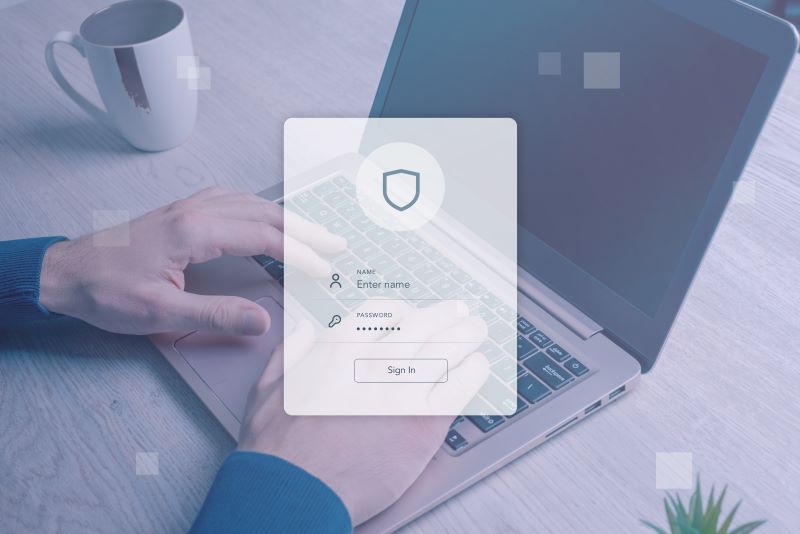
Concerns over data privacy continue to mount, year after year, making the use of encryption more critical than ever. In fact, encryption is becoming the default. That may be beneficial for privacy in a wide range of areas, but it can be complicated and, in some cases, limiting. Because SSL based threats are out there and increasing, the use of SSL inspection is necessary for many organizations.
Using a Proxy for an SSL Inspector Setup
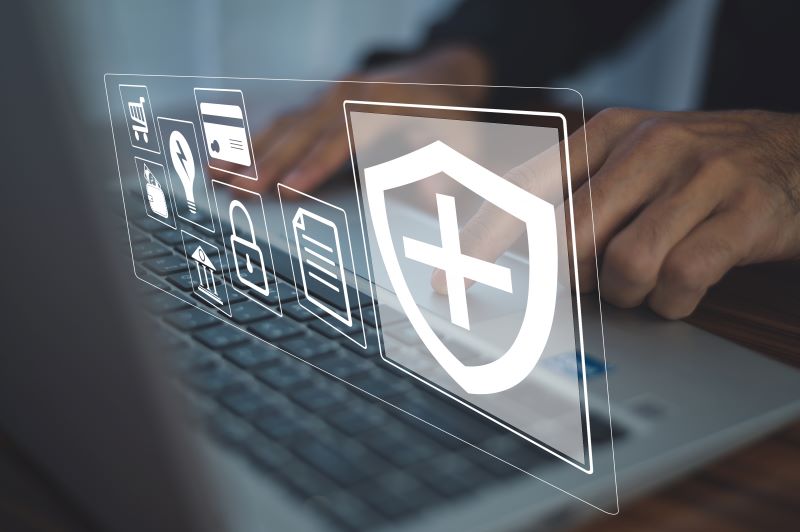
Scraping Robot’s API tool facilitates any web scraping project. Using Scraping Robot, you can gather data from the Internet and manage it safely.
Protecting data is more important than ever. In many situations, using a proxy during the SSL inspection could strengthen your efforts and provide better insights.
That applies to web scraping strategies as well. Contact us today to learn more about our tools at Scraping Robot and how they can enhance security, reduce risk, and improve outcomes.
The information contained within this article, including information posted by official staff, guest-submitted material, message board postings, or other third-party material is presented solely for the purposes of education and furtherance of the knowledge of the reader. All trademarks used in this publication are hereby acknowledged as the property of their respective owners.
